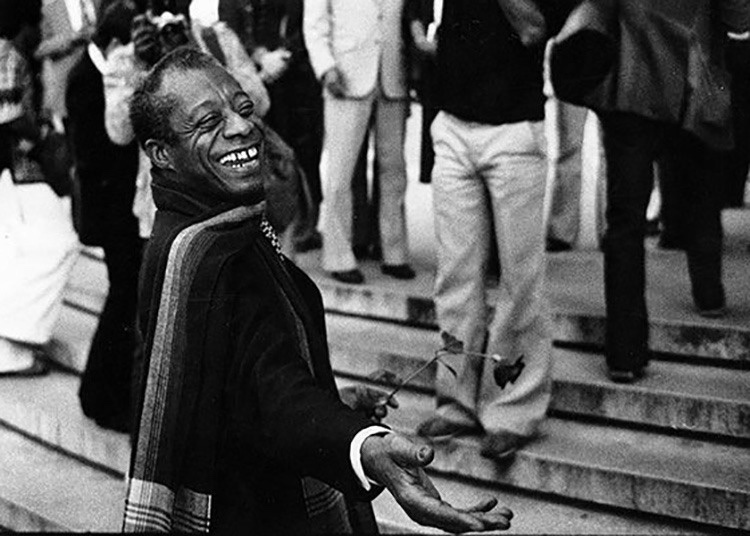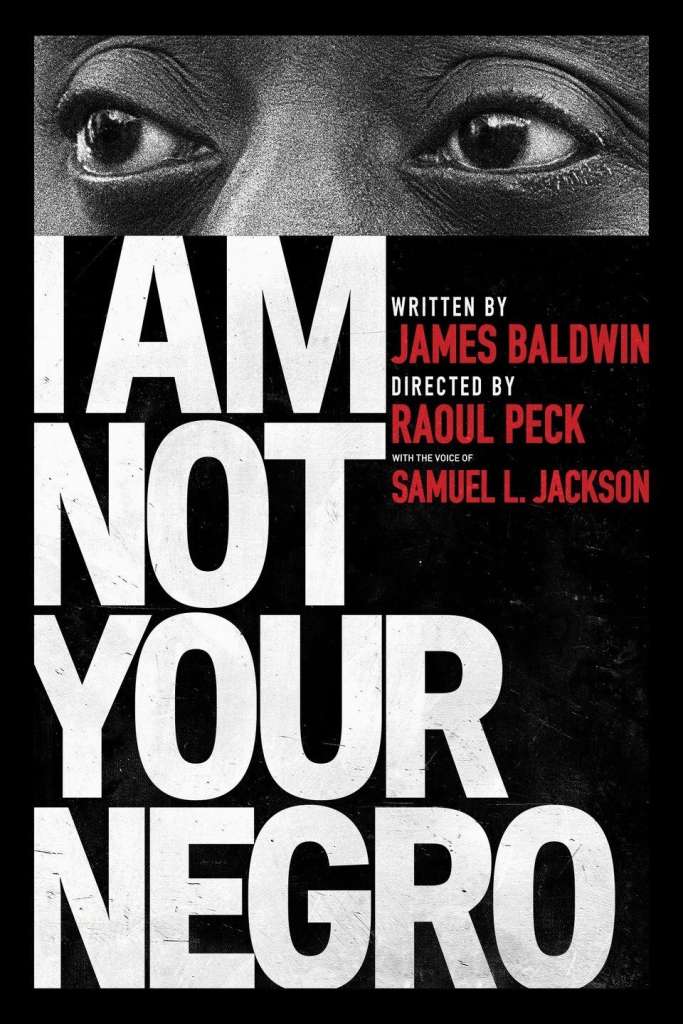Black Literary History: A Look Back at Baldwin’s Giovanni’s Room
Giovanni’s Room
By James Baldwin

James Baldwin was an author, playwright, and activist most active during the late 50s, 60s, 70s, and 80s until his death in 1987. His work explored themes of race, sexuality, and class in American and European societies of the time.
Giovanni’s Room was his second fiction novel, written in 1956. It, along with Baldwin’s other works, interviews, and nonfiction content have resurged in mainstream cultural conversation over the past decade or so.
The 2016 documentary, available on Netflix, I Am Not Your Negro, was based on Baldwin’s unfinished manuscript, Remember This House. It reminiscences on the connections between Medgar Evers, Malcolm X, and Martin Luther King Jr. alongside Baldwin. A 2018 adaption of If Beale Street Could Talk thrust one of Baldwin’s most famous novels into the spotlight again nearly 45 years later.

Giovanni’s Room is set in Paris. It’s protagonist is a young American man living abroad there. The book explores his past, his present, and his dreams of his future with specific attention to his relationships with his father, girlfriend, and other gay men around him.
“People who believe that they are strong willed and the masters of their destiny can only continue to believe this by becoming specialists in self deception.”
James Baldwin, Giovanni’s Room
Baldwin writes with subtly and delicateness around the sexuality of his book’s characters. Although it deals directly with intimacy in romantic relationships it does so without being explicit or raunchy. Instead it asks the read to rely on their own ideas and experiences and imagine themselves in such a position. This is why, although the book definitively deals with romantic relationships between men, it offers meaning and insight for people in all types of relationships.
“It takes strength to remember, but it takes another kind of strength to forget.”
James Baldwin, Giovanni’s Room
There is a depth to Baldwin’s characters that all writers seek to achieve. Each one feels real, with their own desires and dreams coming to life on the page and for the reader. It is through that, Baldwin’s expressions of love, heartbreak, and pain become visceral. He takes the reader through the pain to the other side of it.
“Not many people have ever died of love. But multitudes have perished, and are perishing every hour – and in the oddest places! – for the lack of it.”
James Baldwin, Giovanni’s Room
Toward the end of the book Baldwin diverges from his focus on men and looks deeply into the mind of his only female character. After a quiet presence for the majority of the book, she activates toward the end. Through her we learn what a woman in that time and space and in that situation might feel. Her activation provides a finality to the story, giving a closure most novels cannot grasp.



One thought on “Black Literary History: A Look Back at Baldwin’s Giovanni’s Room”
Comments are closed.